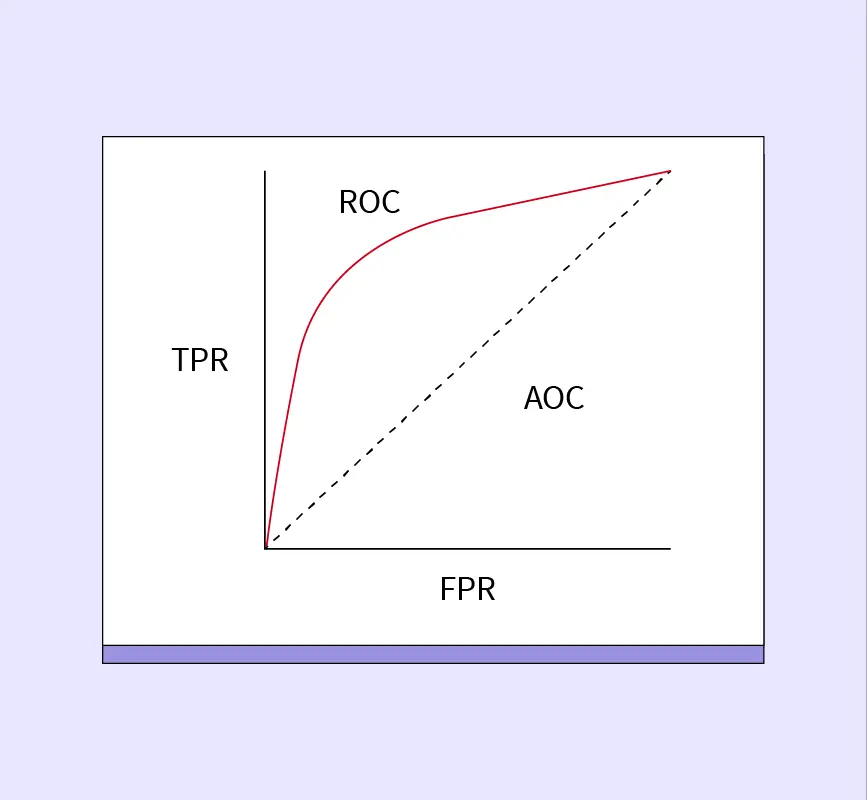Hadoop is an open-source framework developed by the Apache Software Foundation to store and process vast amounts of data efficiently across distributed computing clusters. Originally inspired by Google’s MapReduce and GFS papers, Hadoop has become foundational in big data analytics, enabling scalable, fault-tolerant data management for enterprise-grade applications.
Hadoop Ecosystem in Big Data
In the era of digital transformation, organizations generate vast volumes of structured, semi-structured, and unstructured data. Traditional systems often fall short when it comes to storing, processing, and analyzing such data at scale. This is where Hadoop plays a pivotal role in big data analytics as well as in data science. It offers a scalable, distributed computing framework capable of managing petabytes of data across clusters of commodity hardware, enabling faster and more cost-effective analytics.
However, Hadoop’s true power lies not just in its core framework but in its broader ecosystem—a suite of integrated, open-source tools designed to complement and extend Hadoop’s functionality. This ecosystem includes components for data storage (HDFS), resource management (YARN), batch processing (MapReduce), real-time streaming (Kafka), data warehousing (Hive), machine learning (Mahout), and more. Each tool serves a specific purpose, allowing users to build tailored solutions for diverse data needs.
The importance of the Hadoop ecosystem lies in its modularity and flexibility. It can process large datasets, manage complex workflows, support real-time and batch processing, and integrate with other platforms. As modern enterprises adopt hybrid and cloud-native architectures, Hadoop remains relevant through its compatibility with emerging technologies like Spark and Kubernetes.
Together, these tools form a comprehensive platform that simplifies large-scale data processing and analytics. Whether it’s analyzing customer behavior, monitoring IoT devices, or driving business intelligence, the Hadoop ecosystem empowers organizations to turn massive data sets into meaningful insights with efficiency and precision.
Core Components of the Hadoop Ecosystem
1. Hadoop Distributed File System (HDFS)
HDFS is the foundational storage layer of the Hadoop ecosystem. Designed to handle massive volumes of data, HDFS stores information across multiple machines in a distributed and fault-tolerant manner. It follows a write-once, read-many model, making it ideal for storing large files such as logs, multimedia, or structured datasets.
One of HDFS’s key features is scalability. Organizations can start with a small cluster and expand storage by simply adding more nodes without disrupting the system. Additionally, HDFS offers fault tolerance by replicating data blocks across different nodes in the cluster. By default, each data block is replicated three times, ensuring that even if one or two nodes fail, the data remains accessible.
HDFS simplifies large-scale data storage by abstracting the complexities of managing hardware, enabling seamless access to data regardless of where it’s physically stored.
2. HDFS Architecture
The architecture of HDFS revolves around two main components: the NameNode and DataNodes.
- The NameNode acts as the master server. It stores metadata such as file names, permissions, and the mapping of data blocks to their respective DataNodes. It does not store the actual data.
- DataNodes, on the other hand, handle the actual storage of data blocks. They are responsible for serving read and write requests from the clients and periodically report back to the NameNode about the status of the data blocks.
Data in HDFS is split into fixed-size blocks (typically 128MB or 256MB), which are distributed across DataNodes. This block storage architecture allows for parallel processing, high fault tolerance, and efficient disk utilization. When a client requests a file, the NameNode provides the block locations, and the client retrieves the data directly from the DataNodes, optimizing read speeds and throughput.
3. YARN (Yet Another Resource Negotiator)
YARN is the resource management layer of the Hadoop ecosystem. It was introduced in Hadoop 2.0 to overcome the limitations of MapReduce-based job scheduling. YARN decouples resource management from processing logic, making the system more flexible and scalable for multiple data processing engines.
YARN operates through two primary components:
- ResourceManager (RM): The central authority that manages and allocates resources across the cluster. It consists of a Scheduler (allocates resources based on policies) and an ApplicationManager (manages the lifecycle of submitted applications).
- NodeManager (NM): Runs on each node in the cluster and is responsible for monitoring resource usage (CPU, memory), launching containers, and reporting back to the ResourceManager.
YARN enhances Hadoop’s ability to support multi-tenancy and parallel processing, allowing different applications (MapReduce, Spark, Hive, etc.) to run simultaneously on the same cluster. This dynamic resource allocation makes the ecosystem more efficient and suitable for modern big data workloads.
4. MapReduce
MapReduce is the original processing model of Hadoop, designed for distributed computation on large data sets. It follows a simple yet powerful paradigm involving two key phases: Map and Reduce.
- The Map function processes input data in parallel across nodes and generates intermediate key-value pairs.
- The Reduce function then takes these intermediate outputs and aggregates or summarizes them to produce the final result.
For example, in a word count job, the Map function emits each word with a count of one, and the Reduce function aggregates the counts for each word.
MapReduce programs are typically written in Java, though Hadoop also supports other languages via streaming APIs. The framework handles the complexity of data distribution, parallel execution, and fault recovery—allowing developers to focus on business logic.
Supporting Tools and Technologies in the Hadoop Ecosystem
- Apache Hive: Apache Hive brings data warehousing capabilities to Hadoop. It provides a SQL-like interface (HiveQL) that allows users to run analytical queries on large datasets stored in HDFS without writing complex Java code. Ideal for structured data, Hive simplifies data summarization, reporting, and ad hoc analysis.
- Apache Pig: Apache Pig is a data flow scripting language designed for transforming and analyzing large datasets. Its high-level language, Pig Latin, allows developers to write complex data processing tasks with fewer lines of code compared to MapReduce. Pig is suitable for both ETL operations and iterative data analysis.
- HBase: HBase is a NoSQL database built on top of HDFS. It supports real-time read/write access to large datasets and stores data in a column-oriented format. HBase is ideal for applications requiring fast, random access to big data, such as time-series data or sensor logs.
- Mahout: Apache Mahout enables machine learning at scale within the Hadoop ecosystem. It provides libraries for classification, clustering, and recommendation systems, optimized to work with distributed frameworks like MapReduce or Spark.
- Apache Spark: Apache Spark is a fast, in-memory data processing engine and a modern alternative to MapReduce. It supports batch processing, real-time analytics, machine learning, and graph computation—all with significantly improved performance over traditional MapReduce.
- Apache Kafka: Kafka is a distributed streaming platform used for building real-time data pipelines. It integrates with Hadoop to stream data into HDFS or Spark for processing, enabling real-time analytics and event-driven architectures.
- Apache Sqoop: Sqoop facilitates data transfer between Hadoop and relational databases. It simplifies bulk import/export tasks, making it easy to move structured data from MySQL, Oracle, or PostgreSQL into HDFS or Hive.
- Apache Flume: Flume specializes in log data collection and ingestion. It efficiently captures data from sources like web servers and moves it into HDFS, making it invaluable for monitoring and real-time analytics.
Hadoop Performance Optimization Techniques
1. HDFS Block Size Optimization
Optimizing the HDFS block size can significantly impact Hadoop’s performance. By default, HDFS uses a block size of 128MB or 256MB. Increasing the block size can reduce the number of blocks a job needs to process, resulting in fewer tasks and reduced overhead during job execution. For large files, setting a higher block size improves throughput by minimizing the time spent on task coordination and block lookup.
2. Data Replication Factor
Hadoop’s replication factor determines how many copies of each data block are stored across the cluster. While a default factor of three ensures fault tolerance, it also consumes more storage and network resources. For non-critical data or test environments, reducing the replication factor can save space and bandwidth. For mission-critical workloads, maintaining or increasing it ensures data availability even during node failures.
3. Network Settings
Network performance directly affects the speed at which data is transferred between nodes. Tuning network buffers, enabling data locality-aware scheduling, and ensuring high-speed interconnects can reduce data transfer latency. Optimizing network configurations—such as TCP settings and bandwidth allocation—helps improve cluster communication efficiency and accelerates data shuffling in MapReduce jobs.
4. Task Concurrency
Enabling parallel task execution is crucial for maximizing cluster utilization. Configuring the number of concurrent tasks per node based on hardware capabilities (CPU cores, memory) helps prevent resource bottlenecks. Tuning map and reduce slots, or container allocations in YARN, ensures balanced load distribution across the cluster.
5. Task Scheduling
Fine-tuning the task scheduler allows administrators to prioritize jobs, prevent resource contention, and improve throughput. Using YARN’s Capacity Scheduler or Fair Scheduler, organizations can allocate resources more dynamically, ensuring better job execution time and cluster efficiency.
Conclusion
The Hadoop ecosystem remains a cornerstone of modern big data architecture, offering a powerful, scalable framework for storing, processing, and analyzing massive datasets. Its modular design—built around core components like HDFS, YARN, and MapReduce, along with a rich set of supporting tools—enables organizations to tailor solutions to their unique data challenges. From data warehousing to real-time streaming and machine learning, Hadoop provides the flexibility to handle diverse workloads. As enterprises continue to adopt data-driven strategies, optimizing and integrating Hadoop into their data infrastructure can unlock significant value, making it a vital asset for large-scale, enterprise-grade data management.
References:


